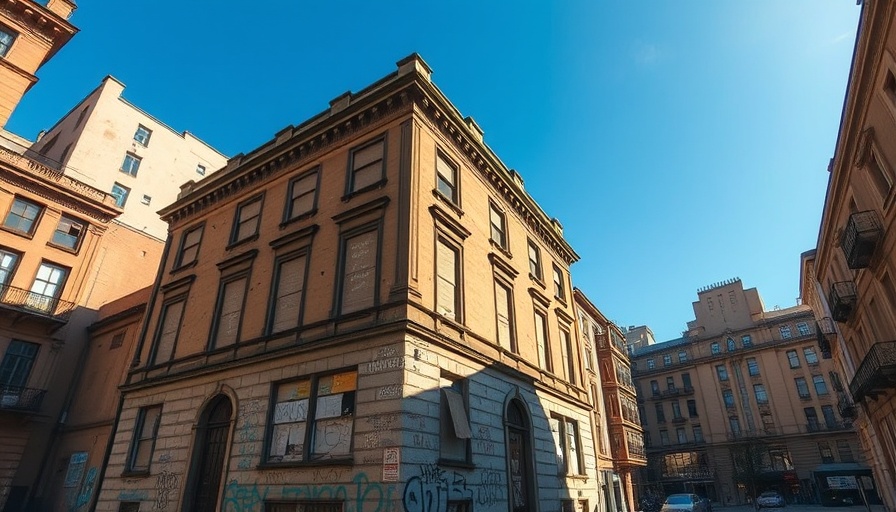
From High School to Hospice: A Symbol of Change
The former Cathedral High School in Denver is a striking example of how spaces can evolve over decades. Initially established in 1921, this building has undergone numerous transformations – from a high school and convent to a celebrated hospice reopened by Mother Teresa in 1989. Now, it stands neglected and derelict, representing a poignant narrative of both community service and urban decay.
Decade-Long Abandonment Sparks Concerns
After its last closure as a homeless shelter in 2012, the property has faced prolonged vacancy, raising questions about the city’s responsibility in maintaining such a significant historical site. The recent fine of $140,000 levied against its current owners, GFI Development, highlights the struggle between urban redevelopment and neglect. Residents express alarm over the building's safety, fearing it has become a haven for vandalism and unsupervised youth.
A Community Call to Action
While GFI aims to turn the site into an Ace Hotel, plans have faltered due to financial constraints stemming from the pandemic’s impact on the hospitality industry. City officials and community members are urging immediate action to secure the premises—an initiative that transcends mere preservation. It’s about maintaining community safety and honoring the legacy of services once offered by the beloved hospice.
The Role of History in Our Future
This neglected site stands as a testament to the possibilities that lie within adaptive reuse of old buildings amid urban renewal efforts. Engaging the community through discussions and potential redevelopment offers a chance not just to restore a building but to breathe new life into its historical significance. Such transitions should not be underestimated; they pivot around community values and expectations, reshaping local narratives.
The loss of historical sites like the former Cathedral High School not only diminishes Denver’s architectural landscape but also impacts community identity. As discussions around the future of this significant site continue, what remains to be seen is whether local leaders will rise to the challenge of preserving pieces of their heritage—after all, it’s more than just bricks and mortar; it’s about the stories and services that once filled those halls.
 Add Row
Add Row  Add
Add 




Write A Comment